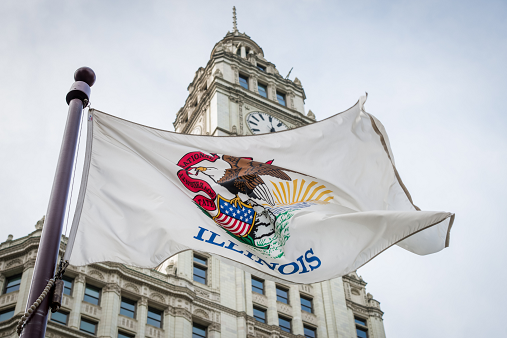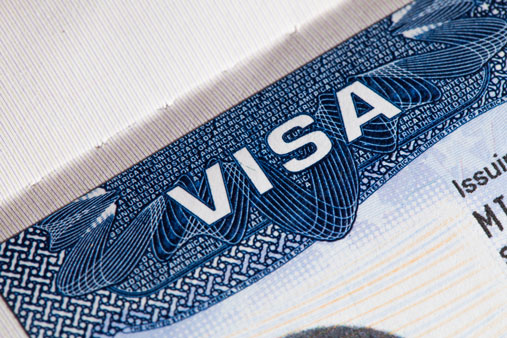In a blog post earlier this year, I discussed the problem of “noise” – or randomness – in professional judgments, in particular judgments regarding the value of claims and lawsuits. A recent case from the United States Court of Appeals for the Seventh Circuit illustrates the danger and cost of this noise with regard to insurance policy limits and the decision whether to settle. It provides a valuable lesson for policyholders facing lawsuits and liabilities that may exceed their insurance policy limits.
The case involved a lawsuit filed against a surgery center by a woman who was rendered quadriplegic as a result of a complication that occurred during a surgery performed at the center. The woman alleged the surgery center had been negligent in discharging her.
The Policy Limits and Liability Evaluation
The surgery center had insurance coverage with a duty to defend, but with liability limits of only $1 million. The insurance company hired defense counsel for the surgery center, but advised the center that it may want to retain personal counsel to advise it regarding the potential exposure above the $1 million policy limits. It appears the surgery center did not retain personal counsel, but the center’s president (who was an attorney) was involved in the communications with defense counsel regarding settlement.
The insurance company, defense counsel, and the surgery center’s president all believed that the case was defensible. They believed that, while the woman’s damages certainly exceeded $1 million, the center had not been negligent and, therefore, it was not liable for her injuries. The insurance company set an initial reserve of $560,000, but then increased that reserve to $1 million after a summary judgment for the center was reversed on appeal. The insurance companies’ representatives claimed the increase in reserve reflected only the potential damages, and not any assessment of the surgery center’s potential liability.
The Policy Limits Settlement Rejection and the Jury’s Excess Verdict
The attorneys for the injured woman offered to settle the case for the center’s policy limits of $1 million. The insurance company rejected the offer with the agreement, and even urging, of the surgery center’s president. The case went to trial and a jury found against the surgery center and awarded $5.17 million to the injured woman. The case then settled for $2.25 million, with the surgery center’s insurance company paying its $1 million policy limits and the surgery center paying the remaining $1.25 million.
The Policyholder’s Lawsuit Against the Insurance Company for Failure to Settle Within Policy Limits
After the settlement, the surgery center sued its insurance company for bad faith failure to settle the case within its $1 million policy limits before trial. Under the Illinois law applicable to the case, an insurance company has a duty to accept a settlement within its policy limits where there is a “reasonable probability” of a recovery in excess of policy limits and a “reasonable probability” of a finding of liability against its insured.
During the trial of the surgery center’s bad faith claim, the judge entered judgment in favor of the insurance company finding that it did not have a duty to settle. The Seventh Circuit agreed and affirmed the judgment. The Seventh Circuit noted that Illinois law was unclear on exactly what the “reasonable probability” standard required, but it held that judgment was correct as a matter of law because the surgery center had presented no evidence that there was a reasonable probability that it would be found liable under any definition of this standard.
The Seventh Circuit based its ruling on the following rationale:
Juries can be unpredictable, so there is always a possibility of liability in a jury trial even in the strongest cases. That mere possibility of liability is not enough to prevent an award of judgment as a matter of law for [the insurance company]. Surgery Center needs evidence that its liability was reasonably probable for the duty to settle to have arisen – it has none.
The Seventh Circuit essentially concluded that because everyone involved with the defense of the underlying case believed that the surgery center would not be liable, its insurance company did not have any duty to settle – even though everyone also agreed that the jury’s award would exceed the policy limits if liability was found.
The Lesson
This result provides a caution for any policyholder facing the potential for an adverse verdict in excess of its policy limits. As the surgery center discovered, the pride of believing in your case can lead to the prejudice of having to pay the cost of a verdict in excess of your policy limits.
Many states will allow recovery above policy limits where the insurance company failed to settle within policy limits, with the various states imposing different standards of conduct on the insurer. Policyholders facing claims and lawsuits that may exceed their policy limits should police these standards and may need to push for the required analysis, or they may face being left in the same position as the surgery center in this recent case. An insurance company that believes the limits of its liability will be capped at its policy limits may not care much about the probability of an outcome in excess of its limits, particularly where its policyholder agrees with its evaluation of the case.
We know from Daniel Kahneman’s research on “noise,” discussed in my earlier blog post, that the belief by the insurance company, defense counsel, and the surgery center’s president that the center would not be found liable is not necessarily reliable. Kahneman likely would not view their belief as evidence for or against a reasonable probability of a liability finding. The Seventh Circuit seemed to acknowledge as much, by its comment that juries are unpredictable and any result is possible.
Yet, in the absence of other evidence showing that an adverse result in excess of policy limits was reasonably probable, both courts involved in this case concluded that this collective belief essentially doomed the surgery center’s case. This begs the question of what evidence would have been sufficient for the courts to have concluded that the surgery center was at least entitled to have a jury consider its failure-to-settle claim.
While Kahneman might suggest there are no “experts” in evaluating cases like the one brought against the surgery center, courts frequently allow expert testimony on the question of whether an insurance company wrongfully failed to settle within policy limits. A policyholder may therefore present expert testimony on whether an excess verdict was reasonably probable.
Methods used by qualified jury research professionals also may be used to present evidence of the reasonably probable outcomes of a lawsuit like the one brought against the surgery center. The results of jury research performed in the underlying case may provide that evidence; or, if no jury research was performed, such research may be conducted during the failure-to-settle case to show that the insurance company wrongfully failed to settle the previous case against its policyholder within policy limits. In some cases, the fact that the insurance company failed to perform jury research to evaluate the probable outcome of a case brought against its policyholder may be evidence that the insurance company wrongfully failed to settle within policy limits.
Even without expert testimony or jury research, a policyholder may be able to present a jury question on whether its insurance company failed to settle within policy limits. In the case of the surgery center, while the opinion of any one person may be “noise,” the fact that at least someone viewed an adverse result in excess of policy limits as reasonably probable may have been sufficient for the courts in the case to have at least allowed the question to be decided by the jury. Courts also have allowed evidence of alleged errors in handling a case that the policyholder contended prevented a settlement within policy limits to support a failure-to-settle claim.
In a “noisy” environment, believing in your own press, as they say, can be costly. Policyholders faced with the possibility of an adverse judgment in excess of their insurance policy limits should push for case evaluations that fairly represent the likelihood of an excess judgment. The failure to do so may leave them exposed to an uninsured loss and without evidence necessary to prove their insurance company failed to protect their interests by settling within policy limits.













